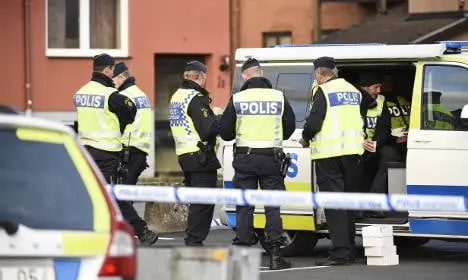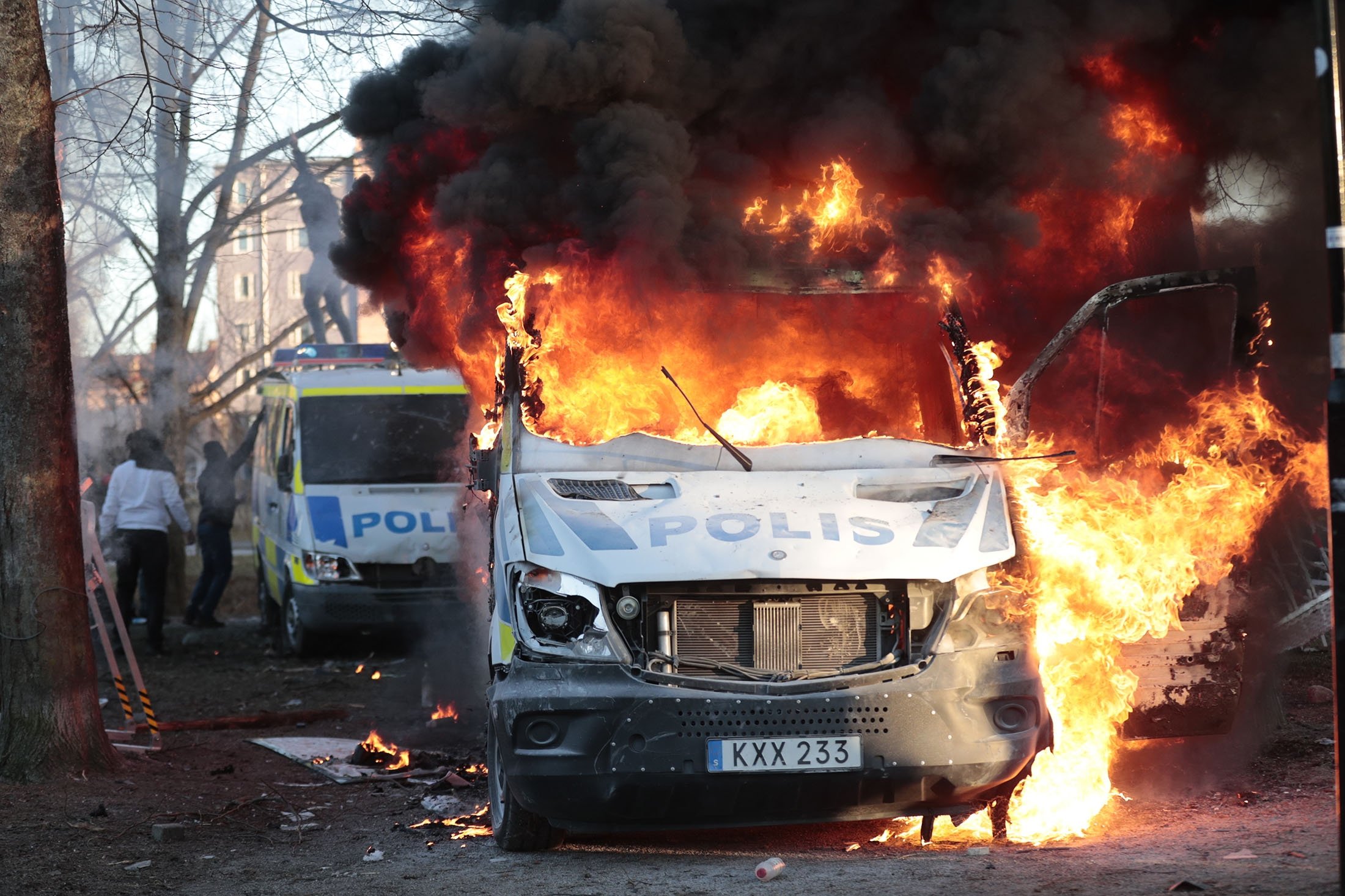Once celebrated as a shining example of safety, stability, and progressive values, Sweden has undergone a staggering transformation into a nation grappling with rampant crime and societal unrest. What was once a beacon of peace in Europe is now a cautionary tale of misguided policies and unchecked immigration, leaving many to wonder: how did it all go so wrong?
A Golden Past:
Not long ago, Sweden was the envy of the world. With low crime rates, a robust welfare state, and a reputation for social harmony, it stood as a model of Scandinavian excellence. Violent crime was rare, neighborhoods were safe, and the streets buzzed with order and prosperity. The country’s export-driven economy thrived, its education and healthcare systems were top-tier, and its citizens enjoyed a sense of security that seemed unshakable. This was Sweden in the late 20th century—a nation where doors stayed unlocked and trust in institutions ran deep.
The Turning Point:
The seeds of Sweden’s decline were sown with a radical shift in immigration policy. Starting in the 1990s and accelerating after a unanimous parliamentary decision in 1975 to embrace multiculturalism, Sweden flung open its borders. The 2015 migration crisis marked a peak, with the country taking in over 160,000 asylum seekers—more per capita than any other EU nation. Leaders touted this as a moral triumph, a testament to Sweden’s humanitarian spirit. But beneath the surface, a storm was brewing.
Rather than integrate these newcomers, successive governments failed to enforce language skills, job training, or cultural assimilation. Entire neighborhoods morphed into isolated enclaves where unemployment soared, Swedish was barely spoken, and parallel societies took root. Former Prime Minister Magdalena Andersson admitted in 2022 that this segregation had created “different realities” within the same country—a damning indictment of decades of naive optimism.

Crime Explosion:
The fallout has been catastrophic. Sweden now holds the grim title of Europe’s gangland killing capital, with violent crime skyrocketing. Shootings have surged from a handful to over 390 annually by 2022, while bombings—once unthinkable—hit a staggering 134 in 2023 alone. Posts on X lament a nation where “almost daily bombings and shootings” are the “new normal,” a sentiment echoed by police who warn they’re losing control. Rape statistics are equally harrowing, with over 50,000 reported cases in the past six years, a 1,472% increase from four decades ago, according to some claims.
No-go zones—over 60 by some counts—dot the landscape, areas where police hesitate to tread and emergency services fear attack. Gangs, often tied to Middle Eastern clans, wield unchecked power, targeting rivals and even law enforcement with impunity. A 12-year-old girl killed by a stray bullet in 2020 and a police officer gunned down in 2021 are just two heartbreaking casualties of this “Swedish condition,” as Denmark now calls it.
The Policy Failure:
Blame falls squarely on Sweden’s leadership. For years, politicians and media downplayed the crisis, cocooned in a bubble of political correctness. Lax laws and lenient enforcement let criminality fester, while warnings about radical Islamism and gang recruitment were dismissed as xenophobia. The 2018 truck-ramming attack by an ISIS-linked Uzbek illegal immigrant—who’d dodged deportation—killed five, including an 11-year-old girl, yet the open-door policy barely flinched. Only recently has the government pivoted, tightening borders and calling on the military to aid police—a move too little, too late for many.
The education system, once a point of pride, has crumbled under the strain, with ethnic disorder and violence dragging Sweden down OECD rankings. The central bank governor warned in 2024 that this carnage threatens long-term economic growth, driving talent abroad and scaring off foreign investment. What was once a safe haven is now a warning etched in bullet casings and blast scars.
A Nation Betrayed:
Sweden’s descent isn’t just a policy failure—it’s a betrayal of its people. The same leaders who preached tolerance left citizens to bear the brunt of their idealism. Families mourn lost loved ones, communities live in fear, and the social fabric unravels, all while the establishment clings to outdated narratives. The rise of the Sweden Democrats, now a parliamentary powerhouse with 73 seats, reflects a public fed up with excuses and demanding a return to sanity.
Conclusion:
Sweden’s journey from safety to disaster is a stark lesson in what happens when ideology trumps reality. Uncontrolled immigration, paired with a refusal to enforce integration or law, turned a peaceful nation into a battleground. For conservatives watching from afar, it’s a rallying cry: secure borders and protect your people, or watch paradise crumble. Sweden’s fall isn’t inevitable for others—but only if we heed its warning before it’s too late.
